Whiskey Au Go Go inquest opens doorway to Queensland’s dark past
The reopening of the inquest into the firebombing of the Whiskey Au Go Go nightclub in 1973 unfurled a cavalcade of figures, historical events and places that have haunted Queensland for decades.
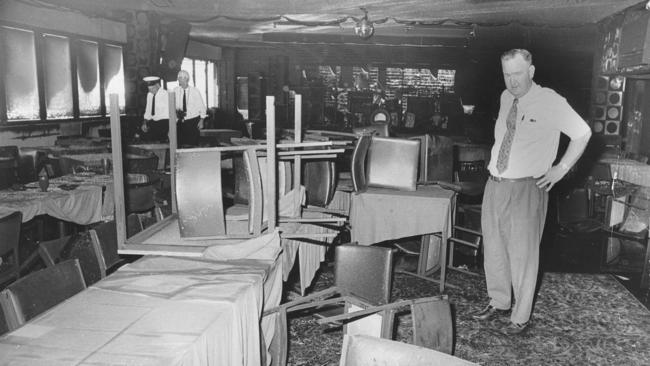
It was the last place you’d expect a cosmic phenomenon, but in a well-lit courtroom on George Street in Brisbane’s CBD on Monday, a black hole of looming gravity began to open up into Queensland’s corrupt and criminal past.
This event unfurled in Court 17 – the Coroners Court of the Brisbane Magistrates Court complex – at the reopening of the inquest into the infamous firebombing of the Whiskey Au Go Go nightclub in March 1973.
That crime, almost half a century old, killed 15 innocent people.
Just an hour into proceedings, a cavalcade of figures, historical events and places that have haunted the Sunshine State for decades were fired off one after the other, touchstones in the inquest narrative to be revealed over the next fortnight, and a mooted tranche of separate hearings days if needed.
Those touchstones included: John Andrew Stuart and James Finch, convicted perpetrators of the Whiskey bombing; the fabled Rat Pack of corrupt police officers from the state’s dark days: Tony Murphy, Glen Hallahan and Terry Lewis; their “bagman” Jack Herbert; the Fitzgerald inquiry into police and political corruption; the Clockwork Orange Gang; “racing identity” Paul Meade; convicted murderers Vince O’Dempsey and Garry “Shorty” Dubois; the Lands Office hotel, watering hole of criminals; and the Belfast Hotel, home away from home to corrupt police back in the 1970s.
On it went, a gravitational pull so swift that it sucked into the present a foul and inglorious past before Coroner Terry Ryan.
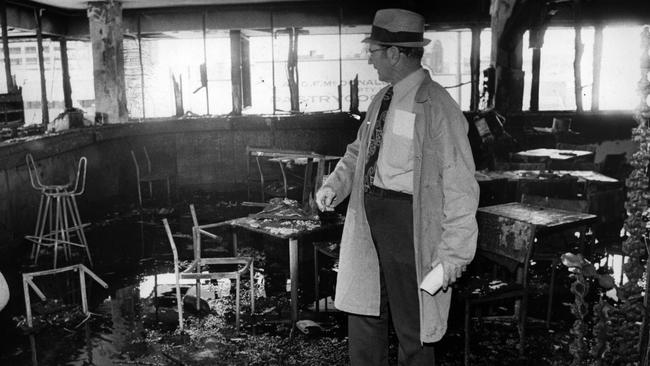
His counsel assisting, Stephen Keim SC, navigated some early legal discussion and queries before outlining the intention of the inquest after all these years. In short, were Finch and Stuart the only perpetrators, or were there others behind the bombing, including the possibility of corrupt police?
The refreshed inquest was ordered back in June 2017, straight after the sentencing of O’Dempsey and his co-accused Dubois following their conviction for the murders of Barbara McCulkin and her daughters Vicki, 13, and Leanne, 11, in Brisbane in 1974.
A possible motive for the murders was that Barbara, wife to petty gangster Billy McCulkin and criminal associate of both O’Dempsey and Dubois, knew the truth about who was behind the Whiskey and was silenced before she implicated others.
Both O’Dempsey and Dubois were expected to be called to give evidence at the inquest.
But just last week, on Monday, Dubois was found dead in his cell in the Maryborough Correctional Centre north of Brisbane. There has been no formal determination of the cause of death. This in turn follows the death of Finch in London this year. Two witnesses, lost.
What added to Monday’s pre-emptive stellar implosion was the appearance, in the glassed-in dock, of O’Dempsey himself, his hair customarily slicked back and wearing a thin leather jacket.
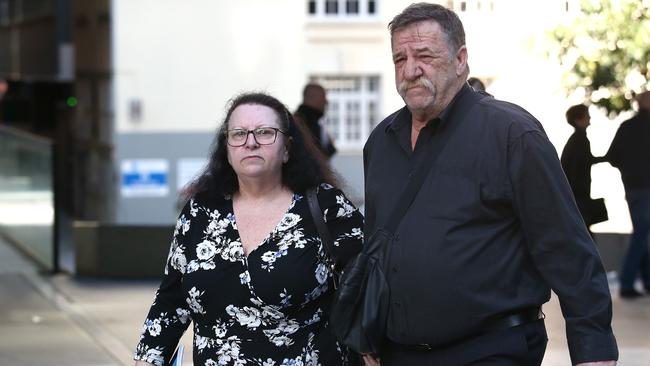
Some families of the victims of the Whiskey, gathered in the court, were momentarily unsettled by someone being guarded by prison officials in the dock.
Sonya Carroll, whose mother Decima perished in the blaze, sat in the second back row of the 169-seat gallery in the regular embrace of her husband and was craning to see who it was in the dock.
She didn’t realise it was O’Dempsey. “Is it him?” she tried to confirm.
And the black hole continued to suck at the light.
O’Dempsey’s legal counsel, Chris Minnery (appropriately, it seems, he has not only a law degree but one in applied science), in a submission read in the court noted that it might be appropriate to call disgraced NSW detective and convicted murderer Roger Rogerson as a witness.
Rogerson was rushed from Sydney to Brisbane on the day of the fatal fire along with police partner Noel Morey to assist in police investigations.
Mr Keim relayed the notion: “The request put forward by my friend is on the basis, as I understand it, that Mr Rogerson’s view in 1973 that Mr O’Dempsey was not involved in the attack on the Whiskey Au Go Go … might be of some assistance to your honour.
“Counsel assisting can see that there may be merit to call Mr Rogerson in relation to the adequacy of investigations carried out into the causes of, and the parties involved in, the fire, and the deaths immediately thereafter and in subsequent years.”
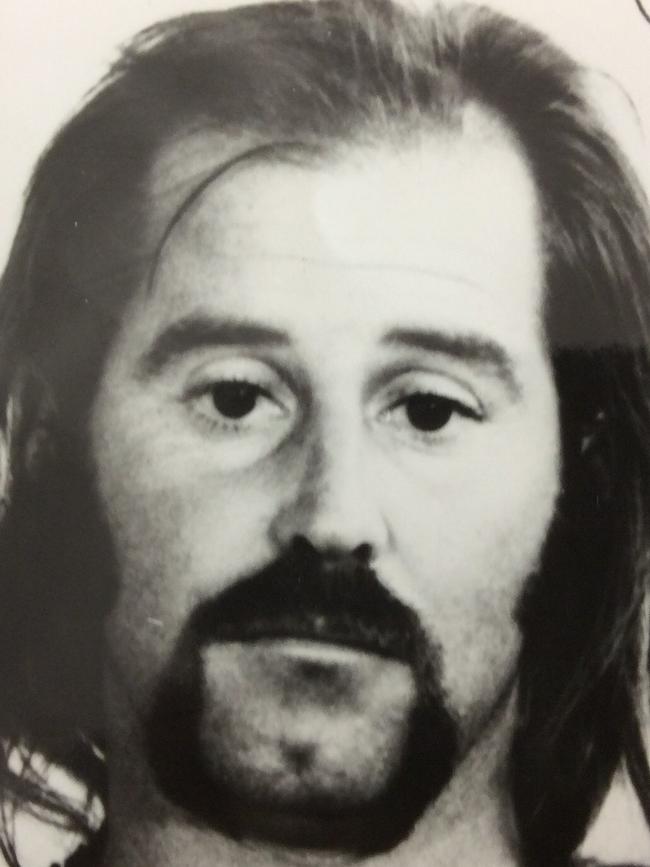
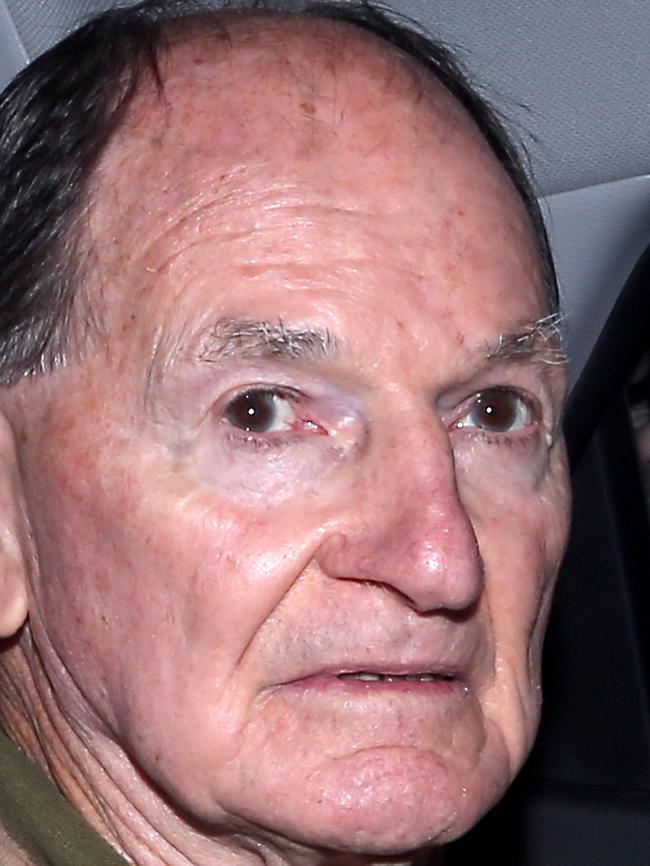
Inquiries would be made of NSW Corrective Services to see whether Rogerson might be available. Given Rogerson now spends his time, according to sources, crooning to fellow inmates on an old piano, the inquest might prove a welcome distraction.
With the near-full court still reeling from this rush of history, Mr Keim proceeded to go through, step by step, the events of the fire and its aftermath.
Drawings of the club’s floorplan appeared on four big television screens, then maps of Brisbane’s Fortitude Valley, where the club operated at the corner of St Pauls Terrace and Amelia Street, then photographs inside the gutted and charred club after the fire.
Mr Keim then, for deepening context, laid out the complex and intricate relationships between the major players and events surrounding the firebombing.
What were Finch and Stuart doing leading up to the fire? What was the relationship, if any, between O’Dempsey and senior-ranking Queensland detective Murphy? (Evidence of Murphy’s involvement in the fire as an elaborate insurance scam was described in court as “largely circumstantial”.)
How were Rat Packers Hallahan and Lewis connected to these players and events?
As the hours ticked by, pieces of this epic story started being drawn out of the ether, fragments of conversation, small facts that, when placed side-by-side, began to tentatively reach towards each other and suggest a relationship.
There would be evidence, the court was told, that Billy McCulkin was the driver of a stolen black Holden on that fateful night, and that Finch spilt the fuel in the foyer of the club, and that Clockwork Orange ganger Hamilton struck the match.
Through much of the proceedings, a familiar atmosphere built for those old enough to remember. There were whiffs here of a mini-Fitzgerald inquiry and its early days. Hints that as the inquest progressed, it would, with calculated regularity, be lifting rusted sheets of corrugated iron with its boot to see what was underneath.
Yet despite all of this surface drama, one thing remained constant during Monday’s proceedings, as quietly persistent and unrelenting as the sighing song from the court’s airconditioning system. That was the pain and suffering of the victims’ surviving family and friends.
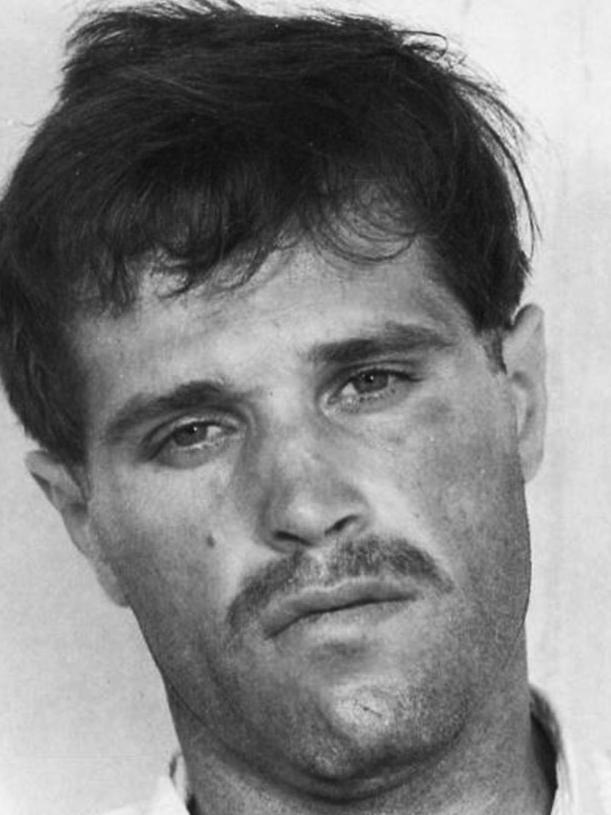
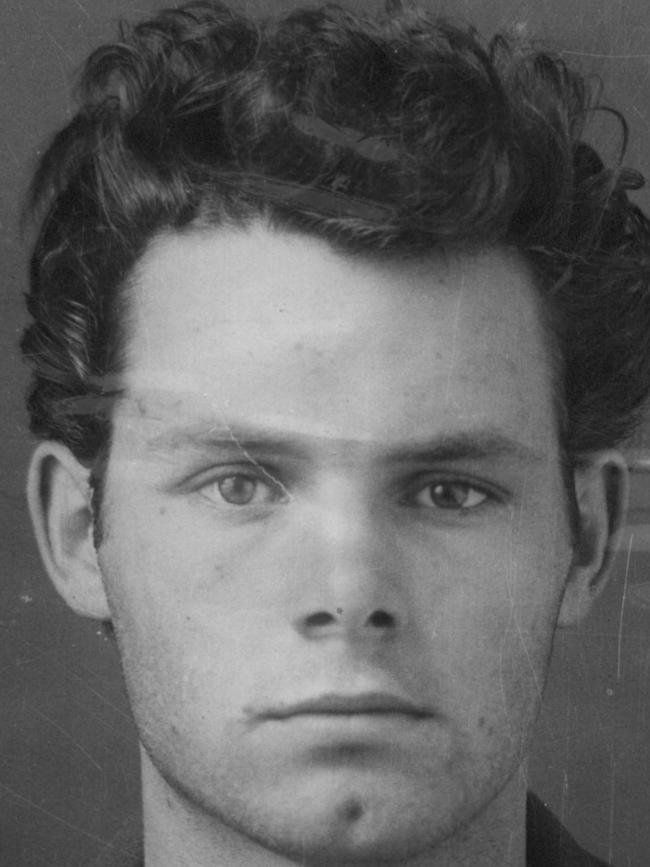
After lunch, several statements were read out to the court. (It had earlier been agreed that O’Dempsey not be present for the family reflections.)
There was Denise Koch, whose sister Wendy Drew, 23, lost her life in the fire.
“They say time heals,” she said in her statement.
“It doesn’t. The hurt of losing Wendy is still raw in our family. One night she went out with a girlfriend and never came home.”
There was Susan Hartley, whose only brother, David Westren, was a barman at the Whiskey and didn’t get out alive.
“I was 17 when I stood in front of David – my one and only brother, father, protector, friend – and identified him,” she said.
“I closed down to the world …”
And Dianna Day, sister of Darcy, the young saxophone player in the band Trinity who were playing their first paid gig at the Whiskey that night.
Darcy died trying to retrieve his sax.
“I only wish Mum and Dad were here to see the inquest has started,” she said in her statement.
“We hope the inquest can bring closure to the past 48 years … God bless to everyone.”
That great star of a hidden past is imploding. The next fortnight and beyond in the Coroners Court will decide if truth and a correction of history will replace it.




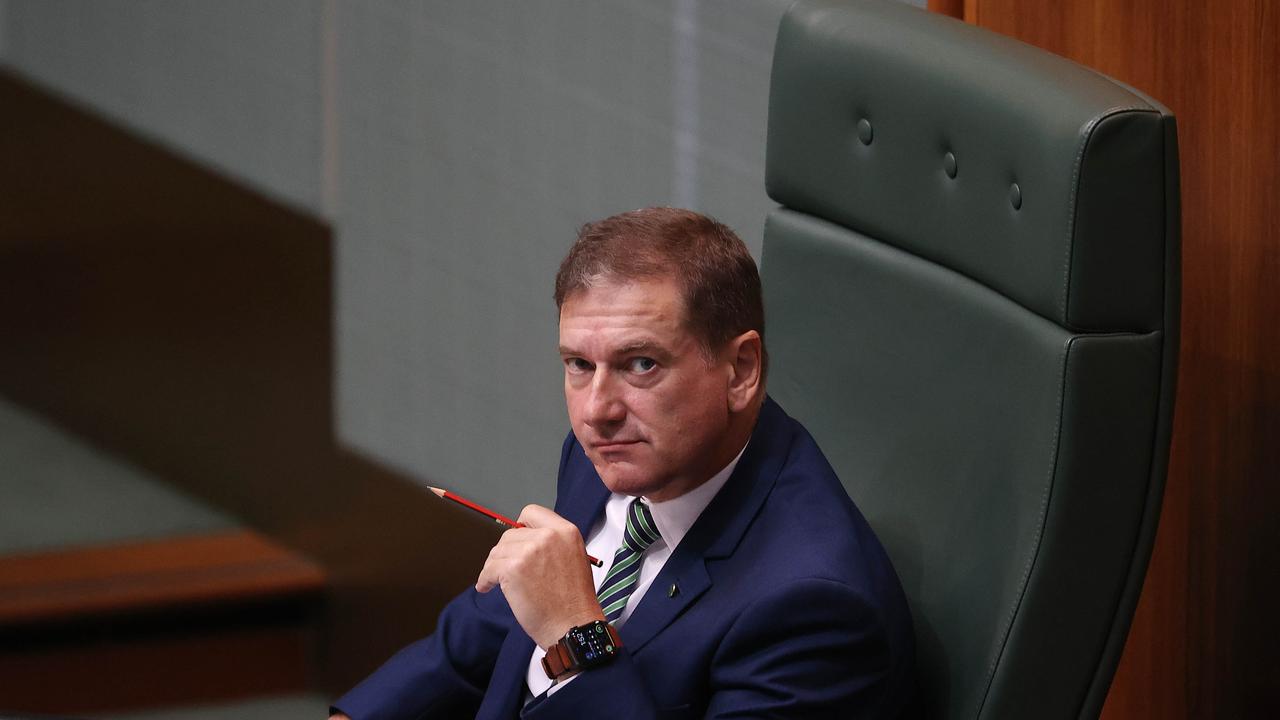
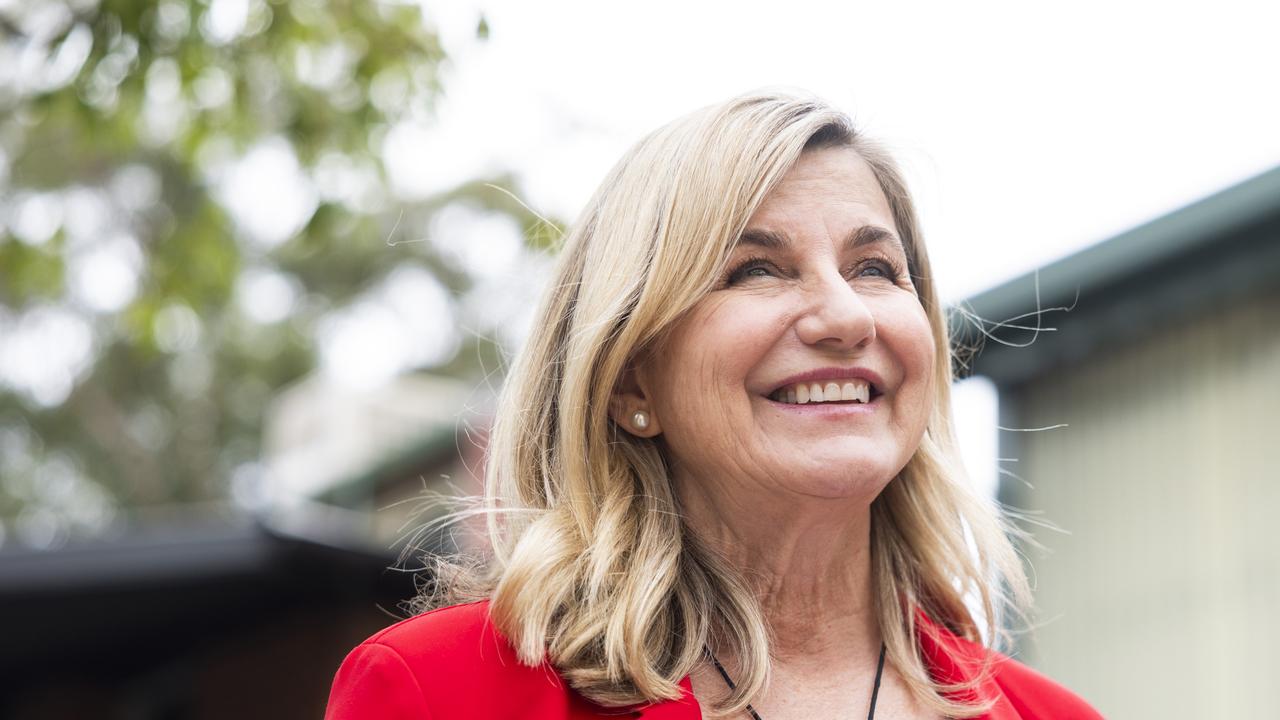
To join the conversation, please log in. Don't have an account? Register
Join the conversation, you are commenting as Logout